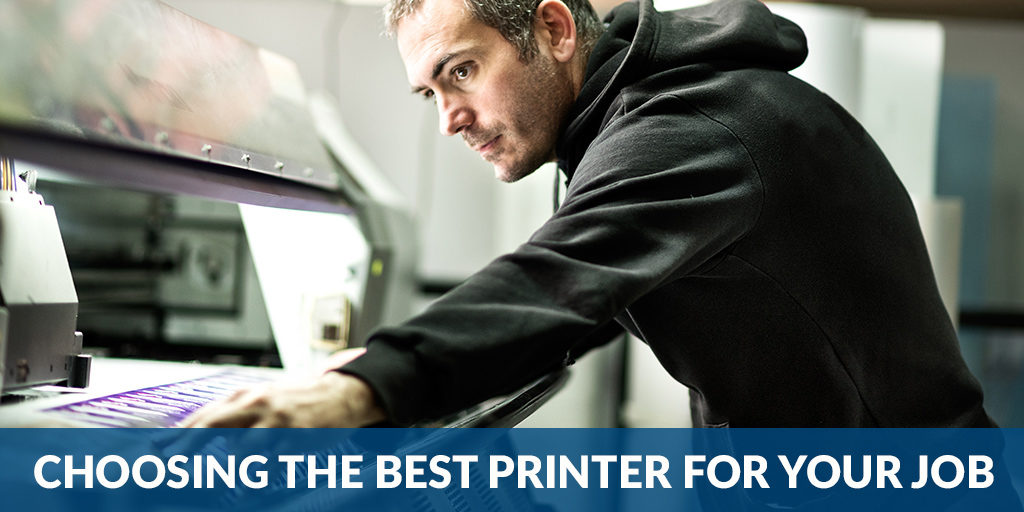
When you’re planning a direct mail campaign, it is important to choose the right printer for the job.
Print shops differ widely in their capabilities. Some shops focus on small jobs and walk-in traffic; others have invested heavily in equipment that allows them to produce 600,000 personalized letters quickly and cost-effectively. And while every printer has specific types of printing they do particularly well and quantities they handle comfortably, most printers will bid on every job they receive a request for. So if you want to ensure you’re getting low-cost bids from printers who’ll do high-quality work, you need to do more than send a bid package to the same three printers you’ve been using for years for all of your printing work.
Because PMG manages the production of over 100 million pieces of mail a year, we continually study the core competencies of printing shops across the U.S. This enables us to request bids from 7 or 8 printers who we know specialize in a particular type of printing for every job we bid.
If you don’t have access to this kind of knowledge, start by asking others with similar printing needs for the names of printers they recommend. Then have an open conversation with each printer’s account representative to understand the type of printing they specialize in.
One of the most important things to understand is what a printer’s “sweet spot” is in terms of production size. Some printers are simply too small to produce over 50,000 pieces in a reasonable amount of time, for example. Others who’ve invested in high-speed equipment may have set-up costs that are cost-prohibitive for smaller jobs.
Once you’ve identified several printers who specialize in the type and size of print job you’re planning, you’re ready to request detailed bids. Once you’ve received them, resist the temptation to blindly accept the lowest bid. Instead, study the bids to make sure you’re comparing apples to apples, paying particular attention to these areas:
- Paper quality: With the cost of paper usually the biggest driver of production costs, it is critical to make sure the quotes you’re comparing are using the same paper. You don’t want to choose a printer whose higher production costs are masked by the usage of less expensive paper. Determine whether the less expensive paper is adequate for your job and, if it is, ask your chosen printer to use it.
- Postage charges: There are several postal logistics techniques that can fairly dramatically reduce your postal expenses, which different printers may or may not be taking advantage of. If you are working with a postal logistics company who is making sure you qualify for the lowest-possible rates, you should compare the production-only portions of the printing bids.
- Set up fees: Avoid any chance of being nickled and dimed by requesting that all potential set-up fees and other add-on charges be detailed separately in the bid document.
While it might seem easier to simply blanket all possible printers with bid requests for each new job, taking the time to identify those printers whose capabilities are ideally suited to your needs and then focusing on building solid relationships with them will pay for itself many times over.
Expert direct mail production management that saves you time and money —
you’re going to love working with PMG Direct!



